Home>Storage Ideas>Kitchen Storage>Here’s What To Know Before Steam Cleaning Anything
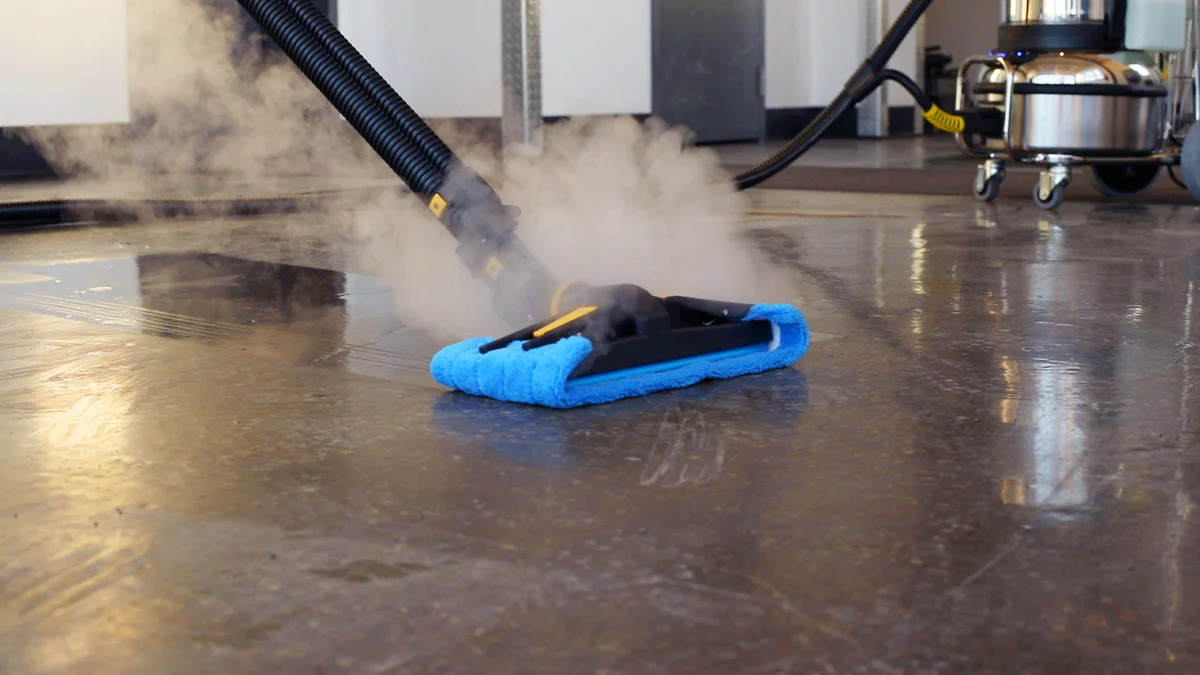

Kitchen Storage
Here’s What To Know Before Steam Cleaning Anything
Modified: January 6, 2024
Get expert tips on steam cleaning kitchen storage items and furniture. Find out what you need to know before you start. Discover the best kitchen storage ideas.
(Many of the links in this article redirect to a specific reviewed product. Your purchase of these products through affiliate links helps to generate commission for Storables.com, at no extra cost. Learn more)
Introduction
Welcome to the wonderful world of steam cleaning! If you’ve been looking for an effective and eco-friendly way to clean your surfaces, then steam cleaning might just be the answer you’ve been searching for. Steam cleaning offers a plethora of benefits, from killing bacteria and germs to removing tough stains and grime, all without the need for harsh chemicals.
In this article, we’ll delve into the world of steam cleaning and give you all the information you need to get started. Whether you’re considering purchasing a steam cleaner or you already have one but want to optimize your cleaning techniques, we’ve got you covered.
Before we jump into the nitty-gritty details, let’s first understand what steam cleaning is all about. Unlike traditional cleaning methods that rely on detergents and scrubbing, steam cleaning uses hot water vapor to clean and sanitize various surfaces. The high temperature of the steam effectively kills pathogens and eliminates dirt, leaving your surfaces fresh and clean.
But before you embark on your steam cleaning journey, it’s essential to be aware of some safety precautions. While steam cleaning is generally safe, there can be risks if not used correctly. We’ll discuss these precautions in detail to ensure your cleaning experience is both effective and safe.
Wondering if steam cleaning is suitable for all surfaces? The answer is, well, not exactly. While steam cleaning is highly versatile, there are certain surfaces that are more suitable than others. We’ll guide you through the various surfaces that can be safely steam cleaned and provide tips on how to proceed with caution for more delicate materials.
Next, we’ll cover the preparation needed before diving into the steam cleaning process. Properly preparing the surface is crucial to ensure effective cleaning and to avoid any potential damage. We’ll explain the steps you need to take to ensure your surfaces are ready for a steam cleaning session.
Now, onto the fun part – using the steam cleaner! We’ll guide you through the steps and techniques involved in effectively using a steam cleaner for different surfaces. From floors to kitchen appliances, we’ll cover it all.
Once you’ve completed your steam cleaning, it’s essential to know how to follow-up with proper aftercare and maintenance. We’ll provide tips on how to clean and maintain your steam cleaner itself, as well as how to maintain the cleanliness of the surfaces you’ve just steam cleaned.
To ensure you have a successful steam cleaning experience, we’ll also highlight some common mistakes to avoid. These tips and insights will help you maximize the effectiveness of your steam cleaner and avoid any potential mishaps along the way.
Lastly, we’ll wrap up the article by discussing the wide range of benefits that come with steam cleaning. From its eco-friendly nature to its ability to kill bacteria and reduce allergens, steam cleaning offers numerous advantages that make it a valuable addition to your cleaning arsenal.
So, if you’re ready to learn all about steam cleaning, let’s dive right in and discover the wonders of this cleaning method!
Key Takeaways:
- Steam cleaning offers an eco-friendly, versatile, and effective way to remove dirt, grime, and bacteria from various surfaces without the need for harsh chemicals, making it a valuable addition to your cleaning arsenal.
- To ensure a successful steam cleaning experience, it’s crucial to follow safety precautions, properly prepare surfaces, use the steam cleaner effectively, and perform aftercare and maintenance tasks diligently. Avoid common mistakes and embrace the numerous benefits of steam cleaning for a cleaner, healthier home.
Understanding Steam Cleaning
Before we delve into the specifics of steam cleaning, let’s take a closer look at what exactly it entails. Steam cleaning is a process that utilizes the power of hot water vapor to naturally clean and sanitize surfaces. Unlike traditional cleaning methods that rely on chemicals, steam cleaning harnesses the heat and pressure of steam to effectively remove dirt, grime, and bacteria from various surfaces.
The steam is generated by heating water to a high temperature, usually between 200 to 300 degrees Fahrenheit. The resulting steam is then applied to the surface being cleaned through a handheld nozzle or brush attachment. As the steam comes into contact with the surface, it penetrates deep into the pores, lifting and loosening dirt, stains, and grease.
One of the key advantages of steam cleaning is that it kills bacteria and germs without the use of harsh chemicals. The high temperature of the steam is sufficient to eliminate most microorganisms, making it an ideal solution for those who are conscious of using chemical-free cleaning methods.
Furthermore, steam cleaning is highly versatile and can be used on a wide range of surfaces. From floors and countertops to furniture and even clothing, steam cleaning offers an effective and efficient way to tackle dirt and grime. It can be particularly beneficial for those with allergies or asthma, as steam cleaning can help remove allergens such as dust mites and pet dander.
When it comes to choosing a steam cleaner, there are various types to consider. The most common types include handheld steam cleaners, steam mops, and canister steam cleaners. Handheld steam cleaners are compact and portable, making them convenient for quick cleaning tasks. Steam mops, on the other hand, are designed specifically for cleaning floors and often come with interchangeable mop pads for different surfaces.
Canister steam cleaners are larger units that come with a hose and various attachments, allowing you to tackle a wide range of cleaning tasks. These canister steam cleaners are particularly popular for deep cleaning upholstery, curtains, and hard-to-reach areas.
It’s important to note that while steam cleaning is highly effective, it may not be suitable for all surfaces. Delicate materials, such as silk or certain types of wood, can be damaged by the high heat and moisture of steam cleaning. Always check the manufacturer’s guidelines and test a small, inconspicuous area before steam cleaning any surface to ensure compatibility.
Now that you have a better understanding of what steam cleaning is and its versatility, let’s explore the safety precautions you should take to ensure a safe and successful steam cleaning experience.
Safety Precautions
While steam cleaning is generally safe, it’s crucial to take certain precautions to protect yourself, your belongings, and the surfaces being cleaned. By following these safety guidelines, you can ensure a safe and efficient steam cleaning experience.
1. Read the instruction manual: Before using a steam cleaner, thoroughly read the manufacturer’s instruction manual. Familiarize yourself with the specific features, settings, and safety guidelines of your steam cleaner model. This will help you understand how to operate the appliance correctly and avoid any potential mishaps.
2. Use protective gear: When working with hot steam, it’s important to protect your skin and eyes. Wear gloves and safety goggles to shield yourself from potential burns or injuries. Additionally, wearing long sleeves and pants can provide an extra layer of protection.
3. Keep children and pets away: Steam cleaners emit hot steam that can cause burns. To avoid accidents, keep children and pets out of the cleaning area. Ensure that all cords and hoses are properly secured to prevent tripping hazards.
4. Test surfaces: Before steam cleaning, test the surface being cleaned in an inconspicuous area. Some materials may not be suitable for steam cleaning and can be damaged by the heat and moisture. Performing a test patch will help you determine the compatibility of the surface with steam cleaning.
5. Avoid delicate materials: As mentioned earlier, certain delicate materials like silk or sensitive wood may not be suitable for steam cleaning. Check the manufacturer’s guidelines for the recommended cleaning methods for these materials and avoid steam cleaning them to prevent damage.
6. Ventilate the area: Steam cleaning generates heat and humidity. To prevent the buildup of moisture in the room, open windows and doors for proper ventilation. This will help reduce the risk of mold or mildew growth.
7. Allow surfaces to cool: After steam cleaning, surfaces can be hot to the touch. Allow them to cool down before touching or walking on them to avoid burns.
8. Use caution around electrical outlets: When using a steam cleaner, be cautious not to spray or direct steam towards electrical outlets or sockets. Water and electricity can be a dangerous combination, so ensure that the area is dry and away from electrical sources.
9. Follow manufacturer’s instructions for cleaning solution use: Some steam cleaners have the option to use cleaning solutions in addition to steam. If you choose to use a cleaning solution, make sure to follow the manufacturer’s instructions and use only approved solutions. Using the wrong solution can damage the steam cleaner or result in ineffective cleaning.
10. Regular maintenance and cleaning: To keep your steam cleaner in good working condition, follow the recommended maintenance guidelines outlined in the instruction manual. This may include cleaning the steam nozzles, emptying or descaling the water tank, or replacing filters. Regular maintenance will ensure optimal performance and prolong the lifespan of the appliance.
By following these safety precautions, you can minimize the risks associated with steam cleaning and enjoy a safe and effective cleaning experience. Now that you’re familiar with the safety measures, let’s move on to discussing the surfaces that are suitable for steam cleaning.
Suitable Surfaces for Steam Cleaning
Steam cleaning is a versatile cleaning method that can be safely used on various surfaces in your home. However, it’s important to be aware of the surfaces that are most suitable for steam cleaning to ensure effective and damage-free cleaning. Here are the surfaces that can generally be steam cleaned:
- Floors: Steam cleaning is highly effective on a wide range of flooring materials such as tile, laminate, vinyl, and sealed hardwood. It can remove dirt, stains, and grime without the need for harsh chemicals or excessive scrubbing. However, be cautious when using steam cleaning on unsealed or damaged floors, as the moisture can seep into the wood and cause damage.
- Countertops and Surfaces: Steam cleaning is a great solution for cleaning kitchen countertops, bathroom vanities, and other hard surfaces. It can effectively remove grease, food residue, and bacteria without the use of harsh chemicals. However, avoid using steam cleaning on surfaces that are sensitive to heat or prone to water damage.
- Appliances: Steam cleaning can be used to deep clean kitchen appliances such as ovens, microwaves, refrigerators, and stovetops. The hot steam helps loosen baked-on food and grime, making it easier to wipe away. Ensure that the appliance is cool and unplugged before using steam cleaning.
- Upholstery and Drapes: Steam cleaning can revitalize upholstered furniture, curtains, and drapes by removing dirt, dust mites, and allergens. It’s important to check the manufacturer’s guidelines and perform a small test area to ensure that the fabric can withstand steam cleaning and won’t be damaged or discolored.
- Bathrooms: Steam cleaning is particularly effective at cleaning and sanitizing bathroom fixtures including toilets, sinks, showers, and tiles. The high temperature of the steam kills bacteria and eliminates soap scum and grime, leaving your bathroom surfaces sparkling clean.
- Grills and BBQs: Steam cleaning can be a game-changer for cleaning outdoor grills and BBQs. The hot steam helps loosen grease and baked-on residue, making it easier to scrub away. Just be sure to follow the manufacturer’s instructions and allow the grill to cool before steam cleaning.
While steam cleaning is suitable for many surfaces, there are some materials that are not compatible with steam cleaning. These include unsealed wood, delicate fabrics, and certain electronics. Always refer to the manufacturer’s guidelines and perform a test patch in an inconspicuous area before steam cleaning any surface.
Now that you know which surfaces are suitable for steam cleaning, let’s move on to the steps involved in preparing the surface for effective cleaning.
Preparing the Surface
Properly preparing the surface before steam cleaning is essential to ensure optimal cleaning results and to prevent any potential damage. Here are the steps to follow when preparing the surface for steam cleaning:
- Remove loose debris: Before steam cleaning, remove any loose dirt, dust, or debris from the surface. This can be done by sweeping, vacuuming, or wiping with a dry cloth. Removing the loose debris will prevent it from spreading or getting pushed into the surface during the steam cleaning process.
- Pre-treat stains or spots: If there are stubborn stains or spots on the surface, consider pre-treating them before steam cleaning. Depending on the type of stain, you can use a suitable stain remover or a homemade solution. Apply the pre-treatment product according to the manufacturer’s instructions and allow it to sit for the recommended time before proceeding with steam cleaning.
- Check for delicate or sensitive areas: Before performing a full steam cleaning, identify any delicate or sensitive areas on the surface. This can include exposed wires, sensitive fabrics, or areas prone to water damage. Take extra caution around these areas and consider using a lower steam setting or avoiding direct steam contact altogether.
- Protect surrounding areas: If you’re steam cleaning surfaces near sensitive areas, such as electrical outlets or wooden furniture, consider using protective covers or shielding to prevent any moisture or steam from reaching these areas. This will help avoid potential damage or moisture-related issues.
- Allow for drying time: After steam cleaning, surfaces may be damp. Allow sufficient time for the surfaces to dry completely before using or walking on them. If necessary, use a fan or open windows for quicker drying.
Following these preparation steps will ensure that your surfaces are ready for effective steam cleaning. By removing loose debris, pre-treating stains, and taking precautions around delicate areas, you can optimize the cleaning process and protect your surfaces.
Now that you’ve prepared the surface, it’s time to move on to the next step: using the steam cleaner. We’ll guide you through the process of effectively using a steam cleaner for different surfaces in the next section.
Before steam cleaning, always check the manufacturer’s instructions for the item you are cleaning to ensure that it can withstand the heat and moisture from the steam cleaner.
Using the Steam Cleaner
Using a steam cleaner effectively requires understanding the proper techniques and settings for different surfaces. Here’s a step-by-step guide on how to use a steam cleaner for various cleaning tasks:
- Fill the water tank: Start by filling the steam cleaner’s water tank with clean water. Be sure to refer to the manufacturer’s instructions regarding the recommended water level and any additives, if applicable. Avoid overfilling the tank to prevent water from spilling or leaking during use.
- Choose the appropriate attachment: Select the appropriate attachment or nozzle for the surface you’re cleaning. Steam cleaners often come with a range of attachments, such as brushes, squeegees, or detail nozzles. Choose the attachment that suits the surface and cleaning task at hand.
- Preheat the steam cleaner: Allow the steam cleaner to preheat according to the manufacturer’s instructions. This typically takes a few minutes. During this time, ensure that the nozzle or attachment is securely attached and that any necessary settings (such as steam intensity) are adjusted as required.
- Start with a test area: Before proceeding to clean the entire surface, start by testing the steam cleaner on a small, inconspicuous area. This allows you to ensure that the surface can withstand the heat and moisture of the steam without causing any damage or discoloration.
- Hold the steam cleaner close to the surface: When using the steam cleaner, hold it a few inches away from the surface being cleaned. This distance allows the steam to effectively penetrate the surface without causing excessive moisture buildup. Move the steam cleaner in a slow and steady motion, covering the entire area evenly.
- Work in small sections: It’s best to work in small sections, especially for larger surfaces. This ensures thorough cleaning and prevents the steam from evaporating before it has a chance to lift the dirt and grime. After completing one section, move on to the next until the entire surface is cleaned.
- Wipe or scrub as necessary: Depending on the surface and the level of dirt or stains, you may need to wipe or scrub the area with a cloth, brush, or mop immediately after applying steam. This helps to remove any loosened debris or residue for a more thorough clean. Follow the manufacturer’s guidelines for using additional cleaning tools, if applicable.
- Empty the water tank, if necessary: If the steam cleaner’s water tank becomes empty or if you’re done cleaning, make sure to safely and properly empty any remaining water. Follow the manufacturer’s instructions for draining and cleaning the tank, so it’s ready for the next use.
Remember, different surfaces and cleaning tasks may require different techniques and settings on the steam cleaner. Always refer to the manufacturer’s instructions specific to your steam cleaner model and adjust the settings accordingly.
After completing the steam cleaning process, it’s important to perform proper aftercare and maintenance, which we will discuss in the next section.
Aftercare and Maintenance
After using a steam cleaner, it’s essential to follow proper aftercare and maintenance procedures to keep your appliance in good condition and ensure its longevity. Here are some important steps to consider:
- Unplug and cool down: Before performing any aftercare or maintenance tasks, make sure to unplug the steam cleaner from the power source and allow it to cool down completely. This helps prevent any accidental burns or electrical hazards.
- Empty and clean the water tank: If there is any water remaining in the steam cleaner’s water tank, drain it properly according to the manufacturer’s instructions. Rinse the tank with clean water to remove any residue or impurities. Allow the tank to air dry before reattaching it to the steam cleaner or storing it.
- Clean the steam nozzles and attachments: Over time, mineral deposits or debris can accumulate in the steam nozzles and attachments, affecting the performance of the steam cleaner. Clean these parts by soaking them in a vinegar and water solution or using a manufacturer-recommended descaling product. Rinse them thoroughly and allow them to dry before storing.
- Wipe down the steam cleaner surface: After each use, wipe down the exterior of the steam cleaner with a clean, damp cloth to remove any dirt or residue. Avoid using abrasive materials or harsh chemicals that may damage the surface of the machine.
- Store properly: When not in use, store the steam cleaner in a cool, dry place away from direct sunlight or extreme temperatures. Ensure that all attachments and accessories are stored together with the main unit to prevent loss or damage.
- Follow maintenance schedule: Regularly check the manufacturer’s guidelines for any specific maintenance tasks, such as replacing filters or descaling the unit. Adhering to the recommended maintenance schedule will help keep the steam cleaner in optimal condition and ensure its effectiveness for future cleaning tasks.
- Check warranty and service requirements: Familiarize yourself with the warranty terms and any specific service requirements for your particular steam cleaner model. This includes understanding any limitations or recommended service intervals for professional maintenance or repairs.
By following these aftercare and maintenance practices, you can prolong the lifespan of your steam cleaner and maintain its performance for future use.
Now that we’ve covered the important aftercare steps, let’s explore some common mistakes to avoid when using a steam cleaner.
Common Mistakes to Avoid
While steam cleaning is a highly effective cleaning method, there are some common mistakes that should be avoided to ensure the best results and prevent any potential issues. Here are some common mistakes to steer clear of when using a steam cleaner:
- Not testing surfaces: One of the biggest mistakes is failing to test the surface in a small, inconspicuous area before steam cleaning. Different materials and finishes may react differently to steam, and it’s important to ensure compatibility and avoid any potential damage or discoloration.
- Using too much steam: Excessive steam application can saturate surfaces and result in longer drying times. It can also lead to water damage or warping on sensitive materials. Adjust the steam intensity according to the surface being cleaned and use steam sparingly, especially on delicate surfaces.
- Not allowing enough drying time: After steam cleaning, surfaces may be damp. Not allowing sufficient drying time can lead to water spots, mold, or other moisture-related issues. Be patient and ensure that surfaces are completely dry before using them or placing items back on them.
- Overlooking safety precautions: Steam cleaners generate hot steam, which can cause burns if not used properly. Always wear protective gear such as gloves and goggles, keep children and pets away from the cleaning area, and avoid direct steam contact with your skin or eyes.
- Using the wrong attachments: Each steam cleaner comes with specific attachments for different surfaces and cleaning tasks. Using the wrong attachment can lead to ineffective cleaning or potential damage. Refer to the manufacturer’s instructions to ensure you’re using the appropriate attachment for each cleaning job.
- Neglecting maintenance: Regular maintenance is crucial for the optimal performance and longevity of your steam cleaner. Neglecting to clean the nozzles, empty the water tank, or replace filters as recommended can result in reduced effectiveness and potential malfunctions. Follow the manufacturer’s maintenance guidelines diligently.
- Using steam on unsealed or sensitive surfaces: Some materials, such as unsealed wood or delicate fabrics, are not suitable for steam cleaning. Steam can penetrate these surfaces and cause damage. It’s important to read the manufacturer’s guidelines and avoid using steam on surfaces that may be adversely affected.
- Using steam on heat-sensitive objects: Steam cleaning near heat-sensitive objects or electronics, such as TVs or computers, can cause damage to the devices. Always keep a safe distance from these objects and use caution when steam cleaning around them.
- Leaving the steam cleaner unattended: Never leave the steam cleaner unattended while it’s plugged in or turned on. Accidents can happen, and it’s important to be present and attentive to prevent any mishaps or potential damage.
By avoiding these common mistakes, you can ensure a safe and effective steam cleaning experience and achieve the best possible results.
Now that we’ve covered the mistakes to avoid, let’s explore the numerous benefits of steam cleaning.
Benefits of Steam Cleaning
Steam cleaning offers a multitude of benefits that make it a popular choice for cleaning and sanitizing various surfaces. Here are some key advantages of steam cleaning:
- Eco-friendly cleaning: Steam cleaning is an environmentally friendly cleaning method as it utilizes only water vapor to clean and sanitize surfaces. It eliminates the need for harsh chemical cleaners, reducing chemical waste and minimizing environmental impact.
- Effective removal of dirt and grime: The high temperature of steam effectively loosens and lifts dirt, grime, grease, and stains from surfaces. This makes steam cleaning highly effective for deep cleaning and removing even the toughest residues.
- Kills bacteria and allergens: The heat from steam cleaning is extremely efficient at killing bacteria, germs, and allergens. This makes it an excellent choice for those concerned with maintaining a hygienic environment, especially in areas like kitchens and bathrooms.
- No chemical residue: Unlike traditional cleaning methods that leave behind chemical residues, steam cleaning leaves no such residue. This means you won’t have to worry about any potential toxins or irritants on your surfaces, making it safer for your health and the well-being of your family and pets.
- Versatile cleaning: Steam cleaning is highly versatile and can be used on a wide range of surfaces, including floors, countertops, appliances, upholstery, and more. With various attachments, you can tackle different cleaning tasks with one versatile cleaning tool.
- Reduces allergens: Steam cleaning is particularly beneficial for those with allergies or asthma. By effectively removing dust mites, pet dander, and other allergens, steam cleaning helps create a healthier indoor environment and reduces allergy triggers.
- Time and cost-effective: Steam cleaning can save you time and money in the long run. It eliminates the need for multiple cleaning products, reduces the time spent scrubbing and wiping, and can even prolong the lifespan of your surfaces and belongings by keeping them clean and well-maintained.
- Safe for most surfaces: When used correctly and on suitable surfaces, steam cleaning is safe and gentle. It can be used on sealed floors, tiles, grout, sealed hardwood, countertops, and more. Checking manufacturer guidelines ensures you choose the right surfaces for steam cleaning.
- Eliminates odors: Steam cleaning not only cleans surfaces but also helps remove unpleasant odors. The heat of the steam can effectively neutralize odors, leaving your home smelling fresh and clean.
These are just a few of the many benefits that steam cleaning offers. From its eco-friendliness and effectiveness to the versatility and time-saving nature of this cleaning method, it’s no wonder that more and more people are turning to steam cleaning for their household cleaning needs.
Now that you’re aware of the benefits, it’s time to wrap up our exploration of steam cleaning.
Conclusion
Steam cleaning is a powerful and eco-friendly method for deep cleaning and sanitizing various surfaces in your home. By harnessing the heat and power of steam, you can effectively remove dirt, grime, bacteria, and allergens without the need for harsh chemicals or excessive scrubbing.
In this article, we’ve covered the essentials of steam cleaning, from understanding what it is and how it works to the safety precautions that should be taken. We’ve explored the surfaces that are suitable for steam cleaning, highlighting the versatility of this cleaning method.
To ensure a successful steam cleaning experience, we discussed the importance of properly preparing the surface before using a steam cleaner and provided a step-by-step guide on how to use the steam cleaner effectively. Additionally, we emphasized the significance of aftercare and maintenance to keep your steam cleaner in optimal condition.
It’s important to avoid common mistakes, such as not testing surfaces, using too much steam, or neglecting proper maintenance. By being aware of these pitfalls, you can ensure a safe and efficient cleaning process.
Lastly, we explored the many benefits of steam cleaning, including its eco-friendliness, effectiveness in removing dirt and allergens, versatility, and time-saving nature. With steam cleaning, you can achieve a cleaner and healthier home environment.
So, if you’re looking for a powerful, chemical-free cleaning method that delivers exceptional results, steam cleaning is the answer. With the knowledge and insights shared in this article, you’re well-equipped to embark on your steam cleaning journey, making your home a cleaner, more hygienic place to live.
Enjoy the wonders of steam cleaning and embrace the simplicity and effectiveness it provides for your cleaning needs!
Frequently Asked Questions about Here's What To Know Before Steam Cleaning Anything
Was this page helpful?
At Storables.com, we guarantee accurate and reliable information. Our content, validated by Expert Board Contributors, is crafted following stringent Editorial Policies. We're committed to providing you with well-researched, expert-backed insights for all your informational needs.
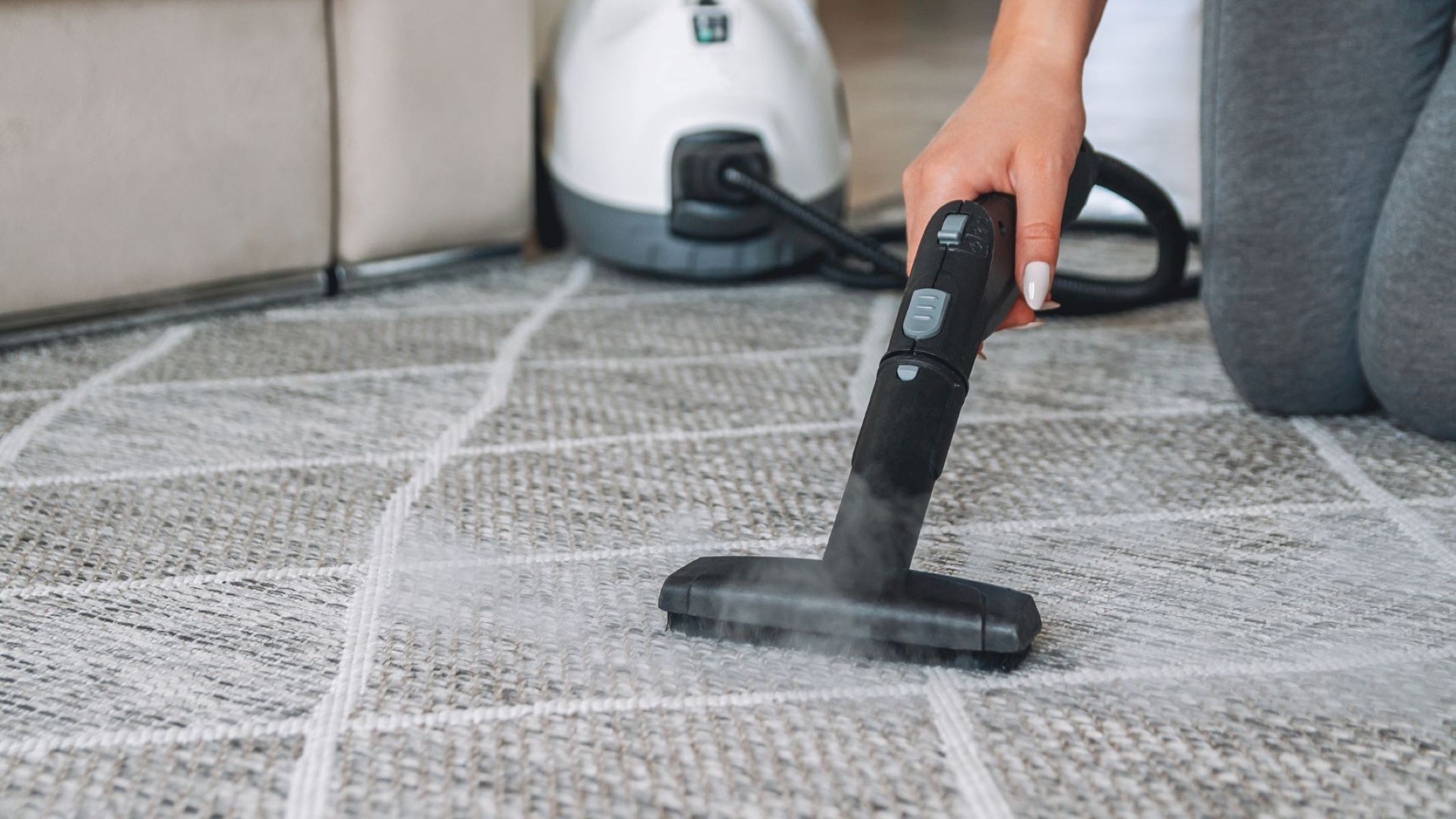
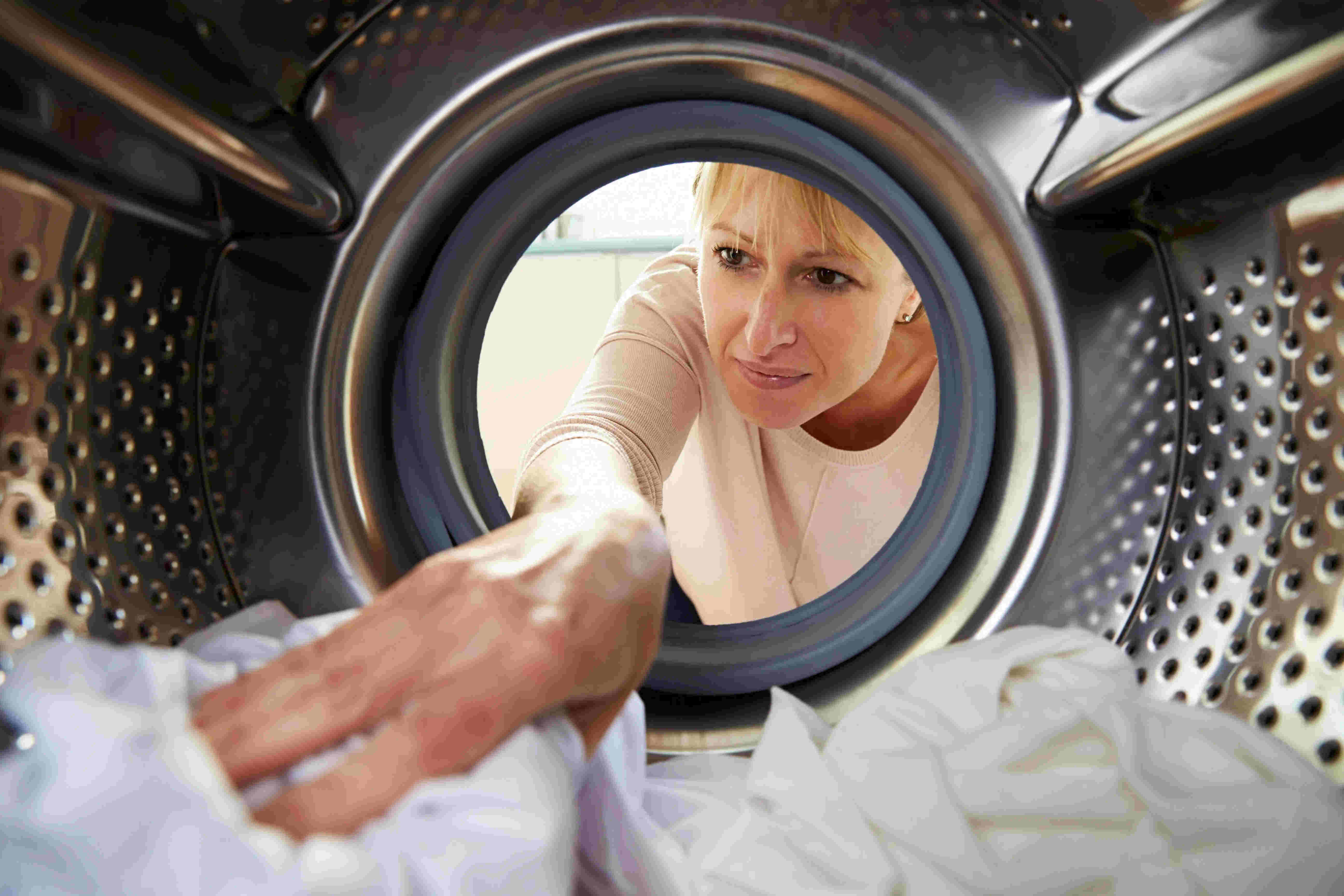



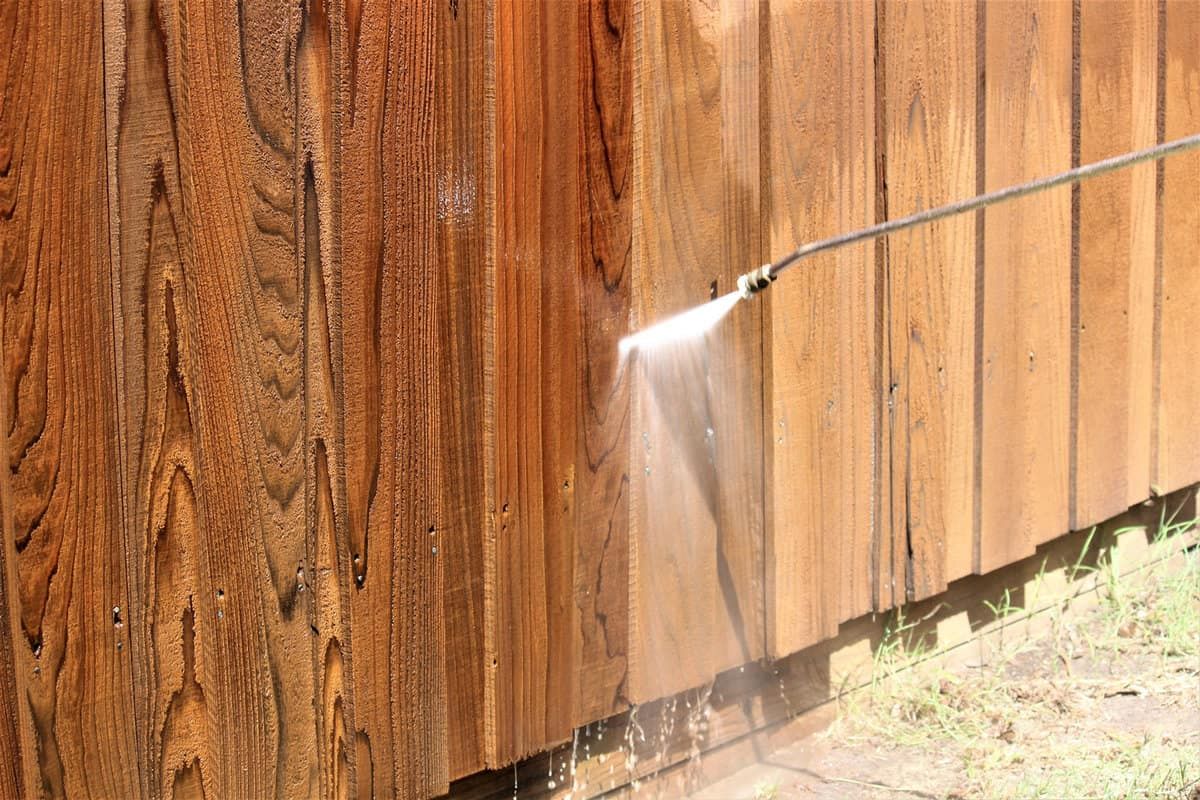
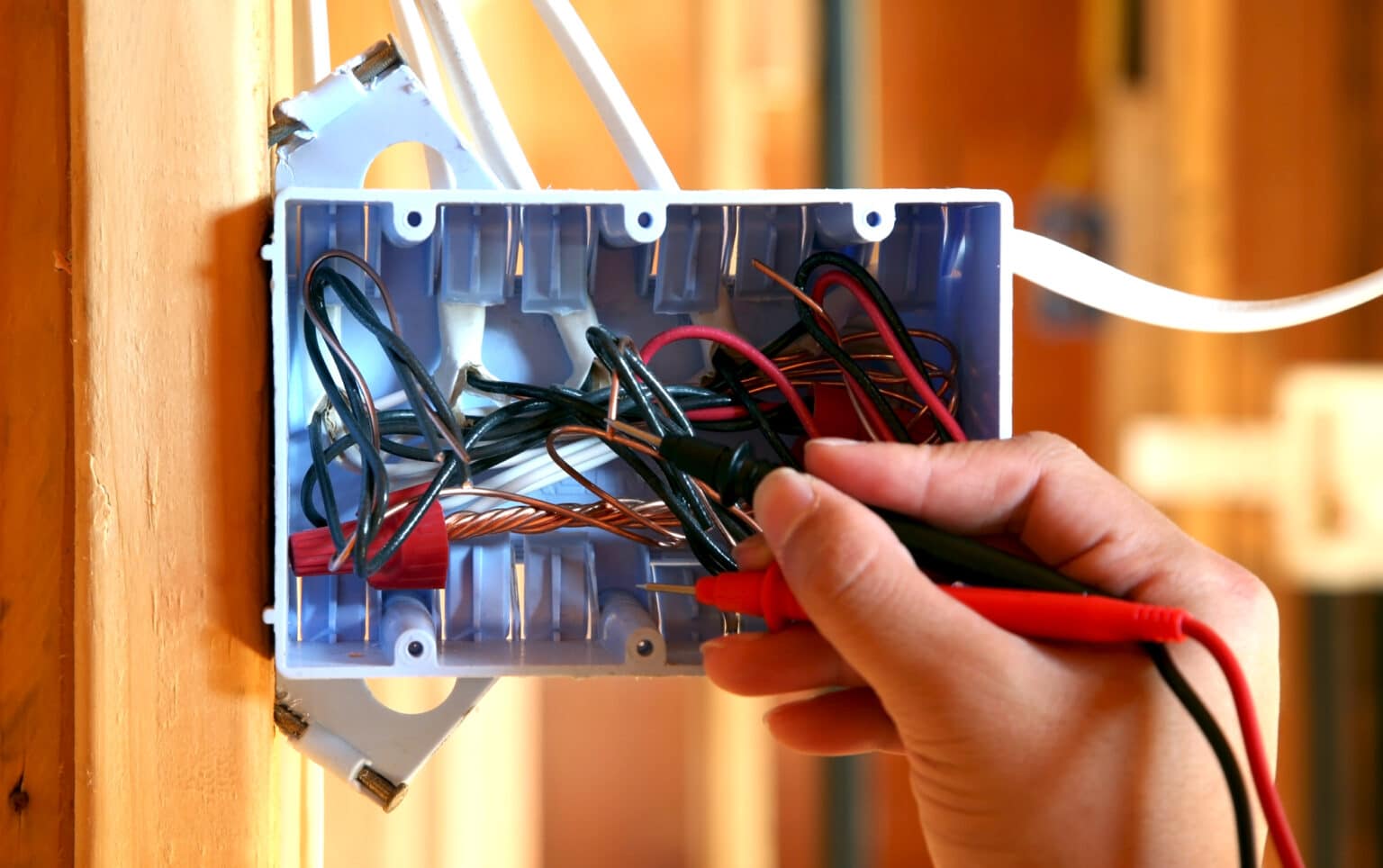
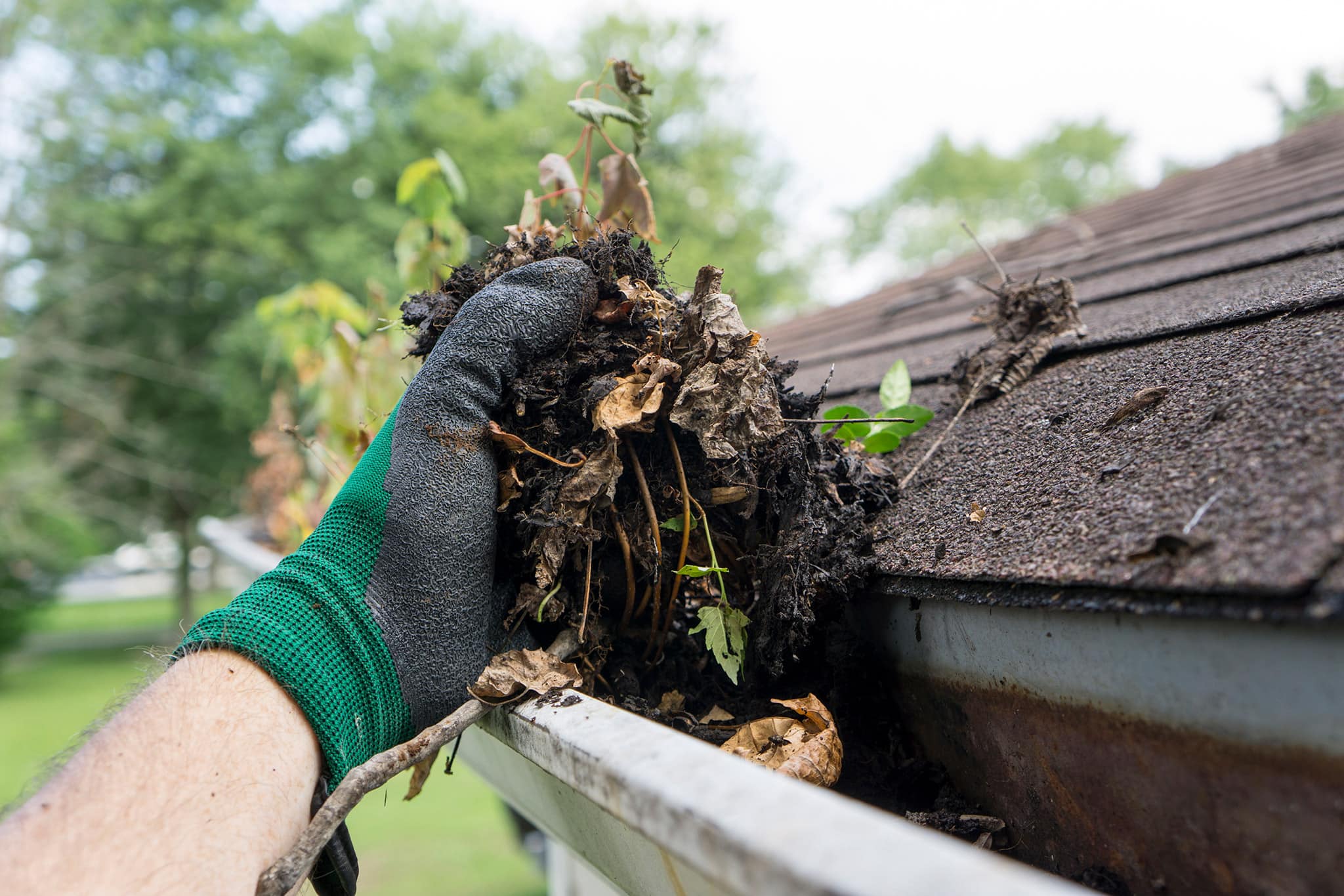
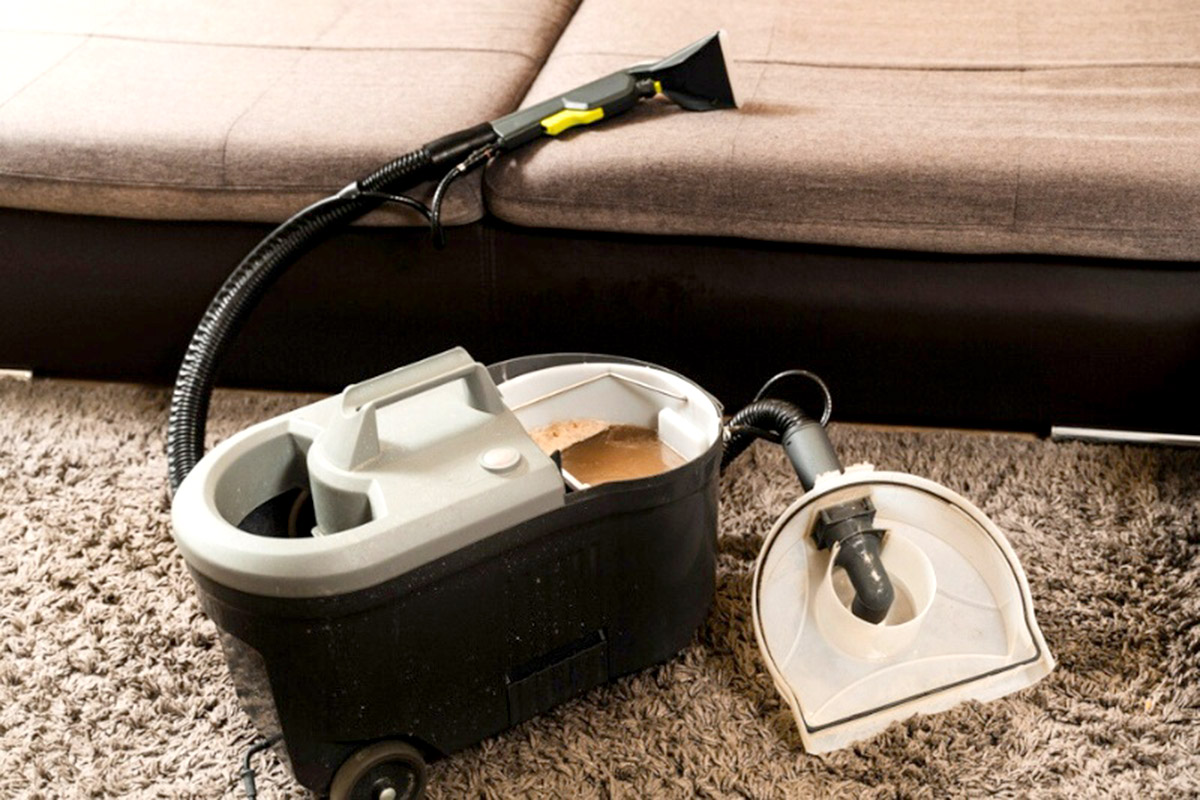
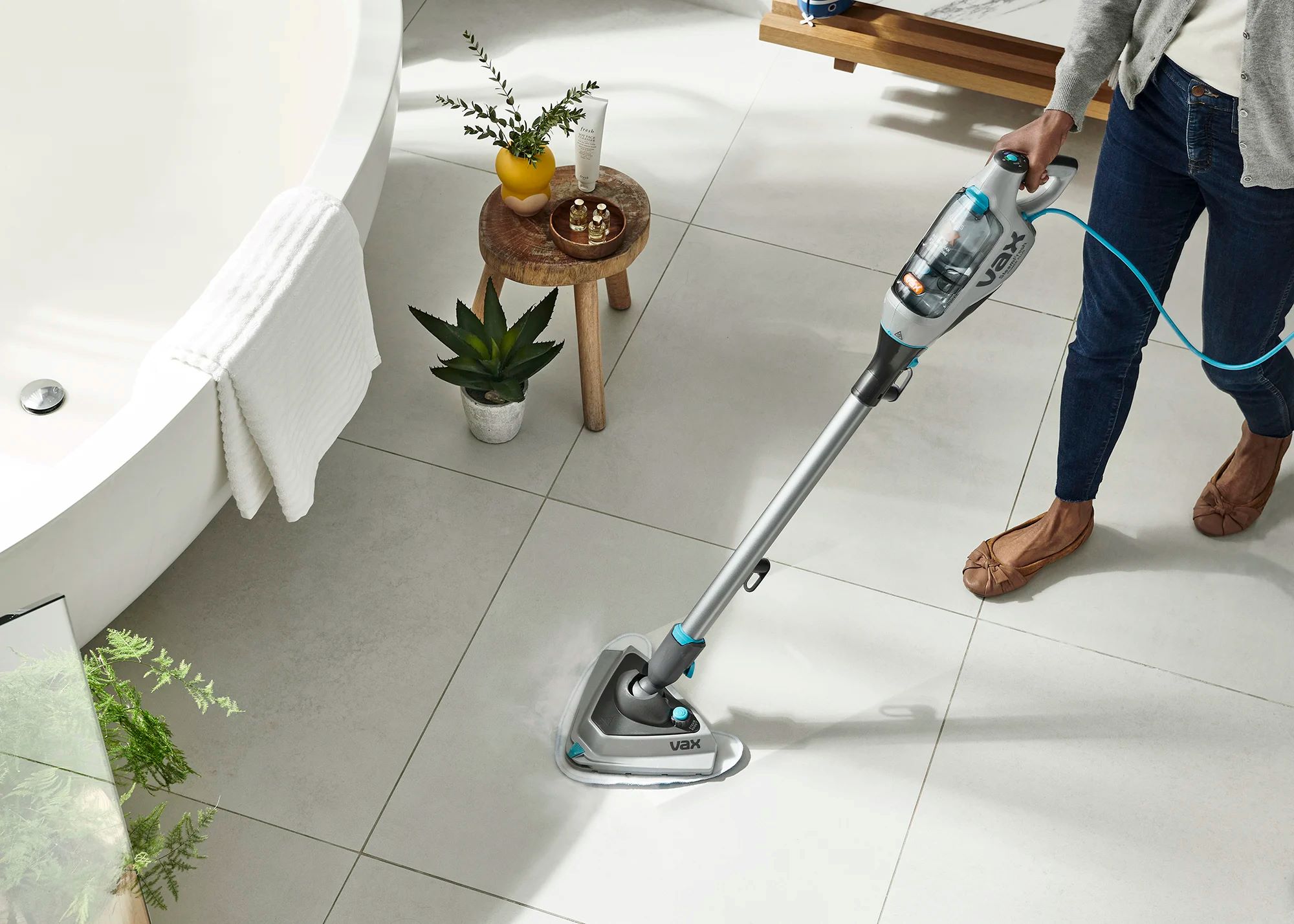

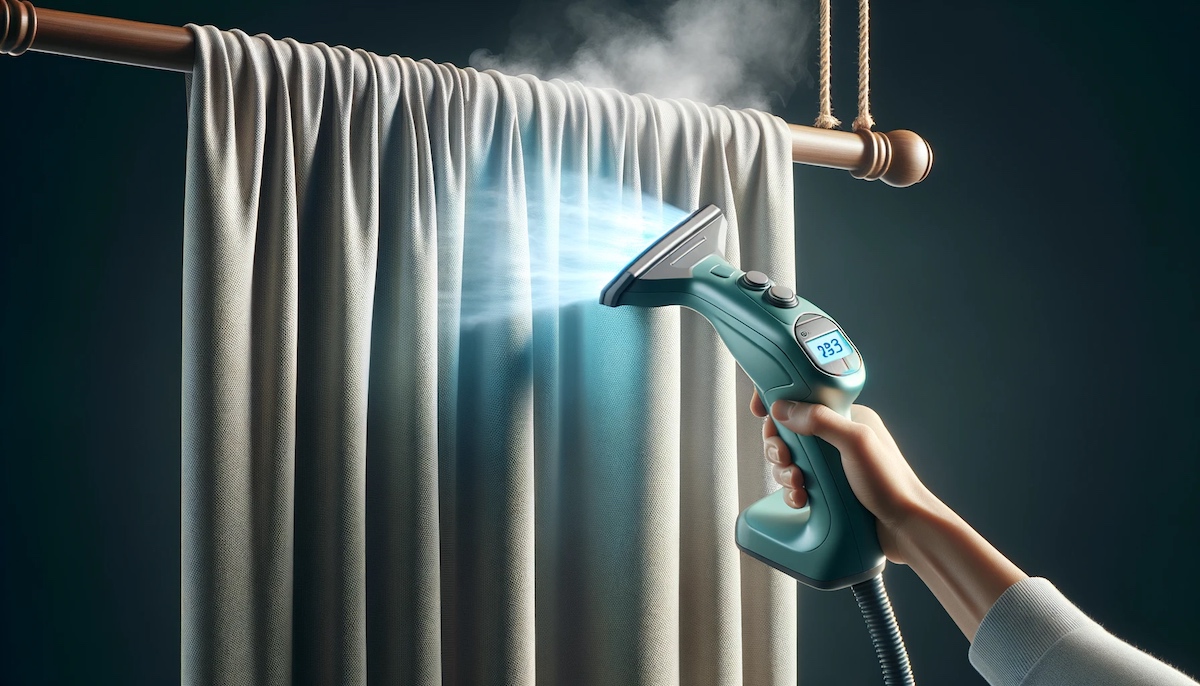


0 thoughts on “Here’s What To Know Before Steam Cleaning Anything”